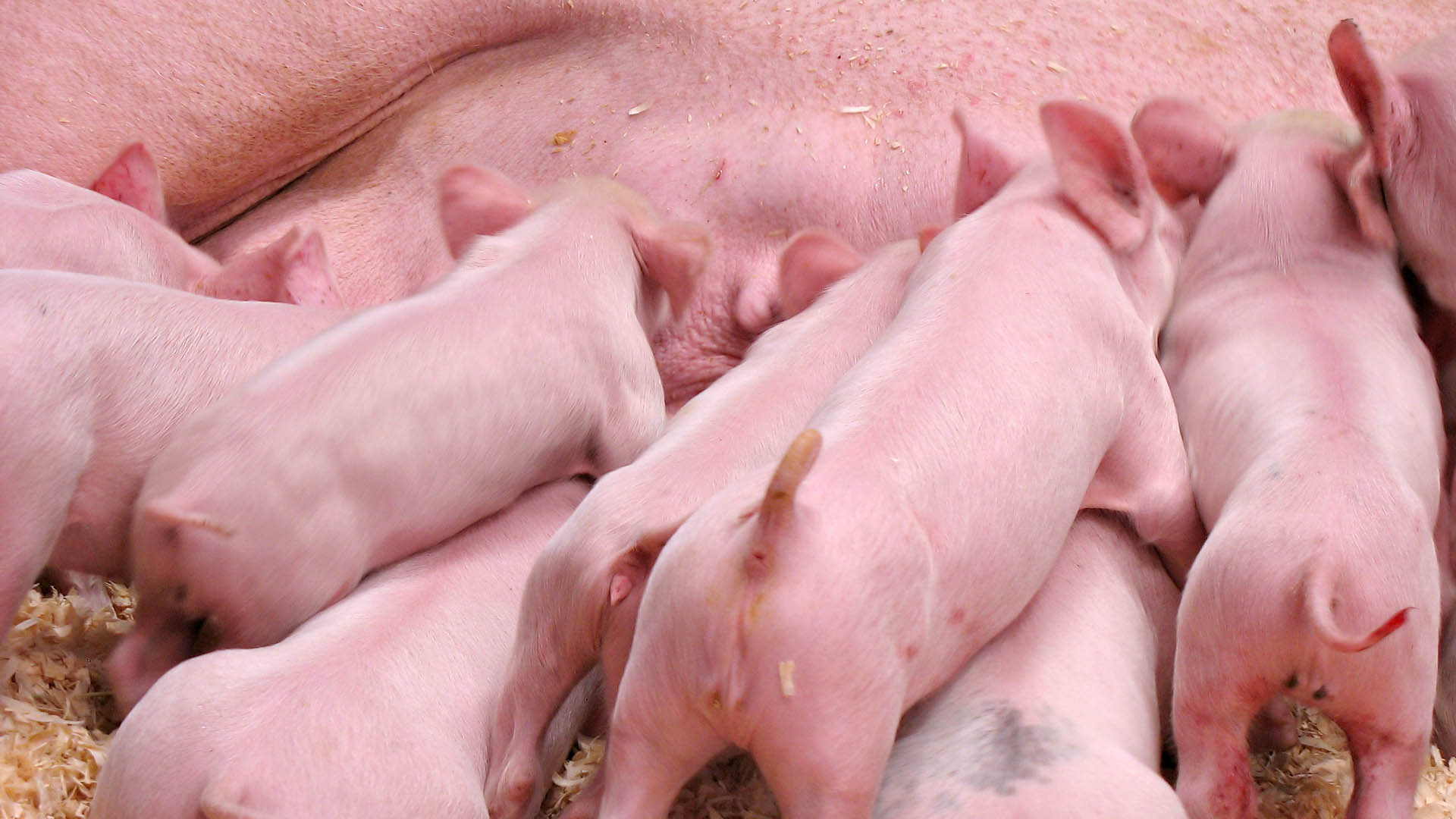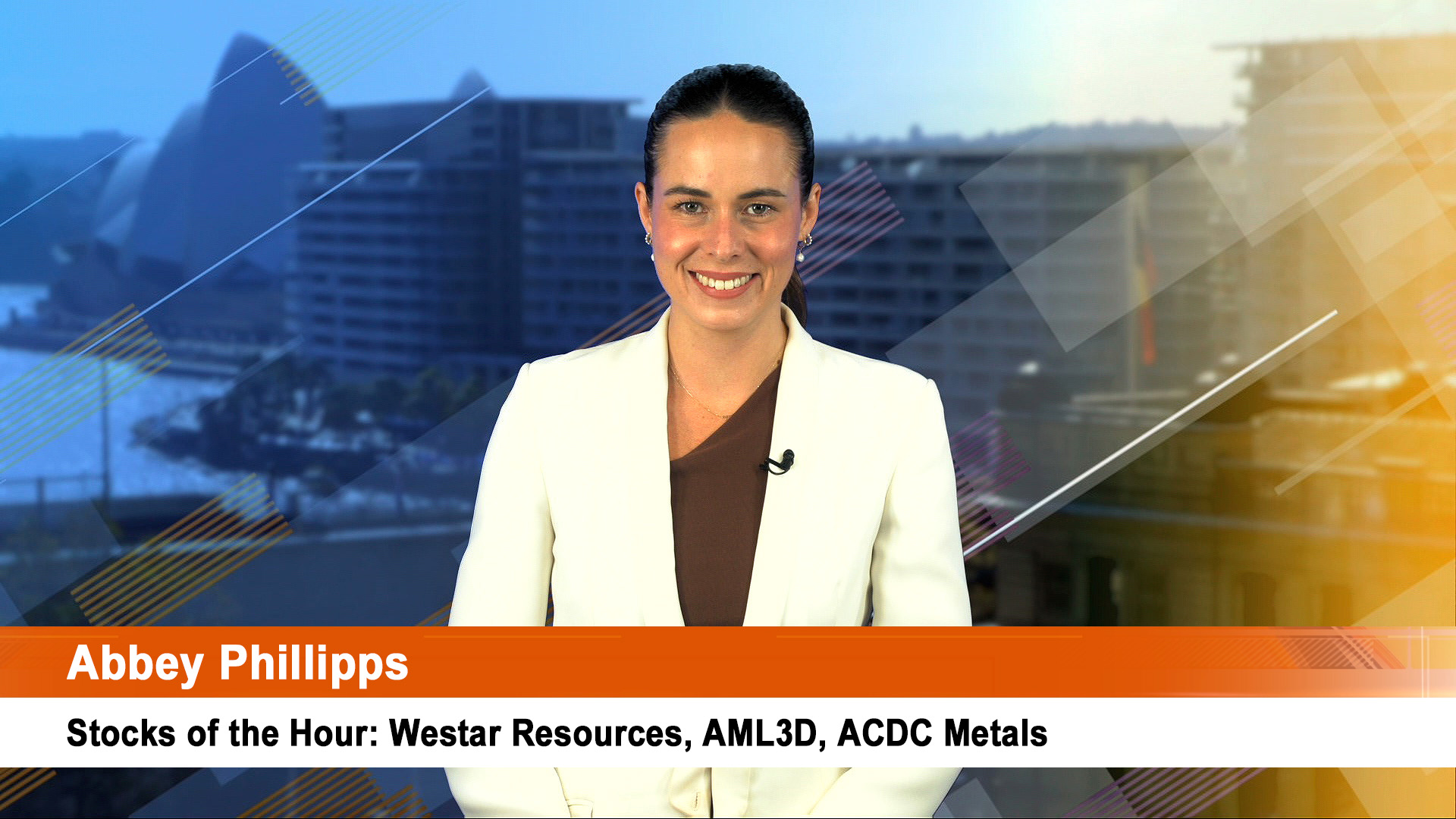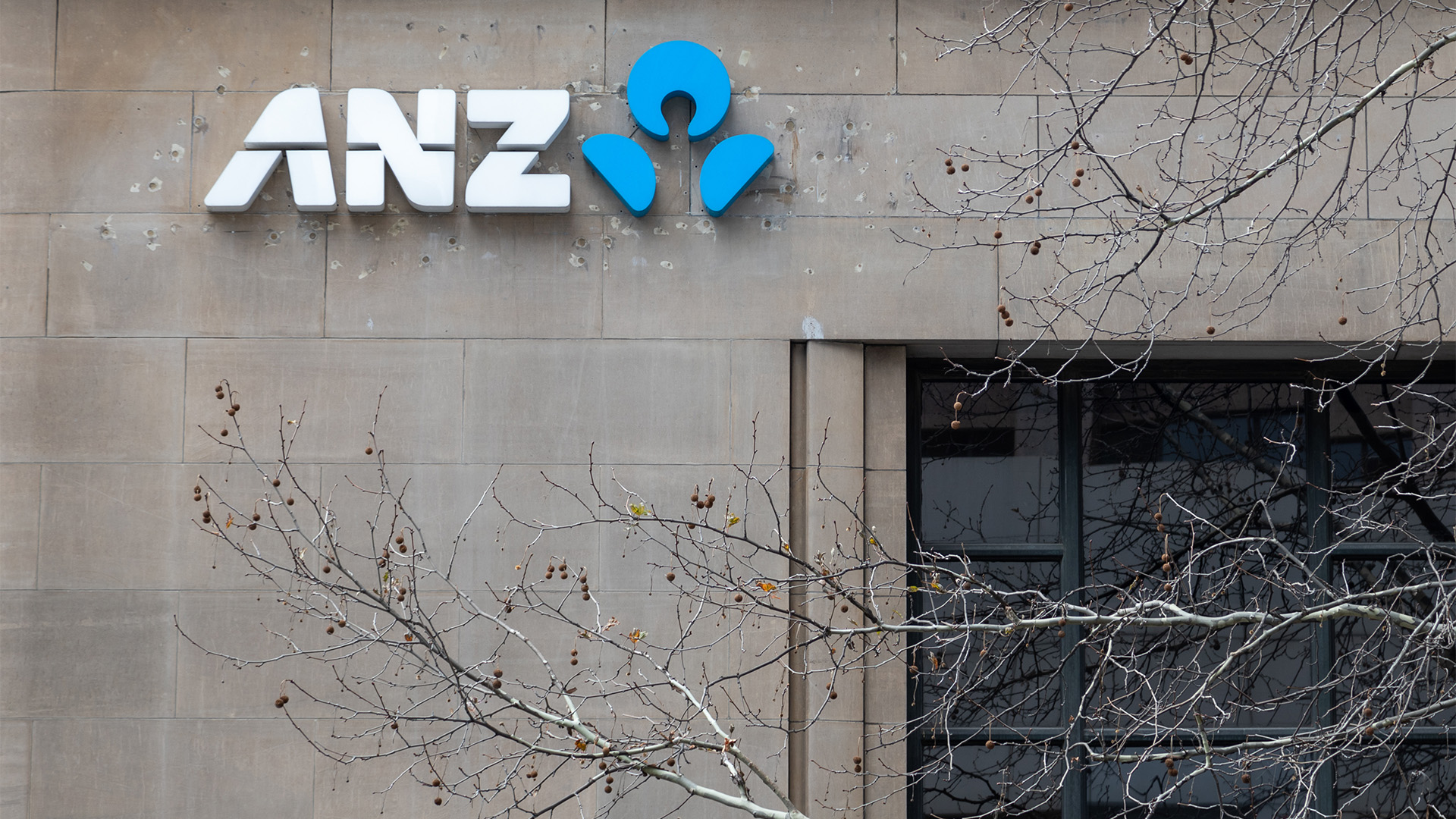Well, one comment can be made about OneSteel, the country’s second steelmaker. It did better than its rival BlueScope in earning a small profit in the December half.
BlueScope Monday reported a loss of $28 million and said a profit was expected in the second half.
OneSteel yesterday reported first-half profit fell 49% to $117 million in the same period.
Lower steel and iron ore prices and the stronger Aussie dollar clipped returns and earnings.
But the crucial difference between the two companies was OneSteel’s iron ore export business which continues to make solid returns, even if contract prices were down on a year ago.
It turned in a higher result, up 70%, thanks to the rising spot demand for ore in the closing months of the quarter.
We have seen a similar story at BHP Billiton, Rio Tinto and the Vale group of Brazil.
The latest profit compares with the $228.30 earned in the December half of 2008. The company said sales fell 28% to $3 billion.
OneSteel shares rose 5.6% in trading yesterday, closing up 18c at $3.45.

OneSteel declared an interim dividend of 5c per share, unfranked.
Earnings this half are expected to be “broadly in line” with the first six months, the company said in the statement.
Underlying earnings before interest and tax (EBIT) was $199 million, down 50% on the previous corresponding period.
OneSteel’s CEO, Geoff Plummer, said in the statement that the company’s performance was pleasing given the adverse external environment and represented a significant improvement on the June 2009 half, and was broadly in line with the company’s expectations.
“Our overall profit performance was solid given the difficult economic conditions that included recovering but still relatively weak markets and a stronger Australian dollar.
"However, in comparison to the same half last year, which included strong markets for most of the half, the interim result was disappointing.
“The result represents a marked improvement over the breakeven performance for the previous six months and reflects a small but steady improvement in market activity levels, completion of the destocking process and benefits from the company’s ‘back to basics’ initiatives introduced in the first half of 2009 in response to the global downturn.
“Our ‘back to basics’ initiatives have continued to deliver benefits by lowering the company’s cost base as well as continuing to contribute to producing good outcomes for working capital and cash in the first half of the financial year," Mr Plummer said.
OneSteel is boosting iron ore production to around 6 million tonnes this year from a mine near Whyalla in South Australia, where its main steel plant is located.
Mr Plummer said iron ore prices were likely to keep rising, fuelling higher steel prices.
"I certainly would think that over the next 12 months the iron ore prices on average, be it spot or contract, are going to be materially above where they have been for the last 12 months.
"We would expect this financial year to be mixed domestically, with generally markets continuing to be tough but improving through the course of the calendar year.
"We have increased confidence of the outlook going into next financial year in terms of domestic activity and domestic demand.
“Project Magnet is also continuing to add significant value for OneSteel’s shareholders with export iron ore sales on track to reach our volume target of 6million tonnes for the year," Mr Plummer said.
Iron ore sales revenue rose 19% to $328 million due to a 50% "increase in sales volumes to 3.0 million tonnes, partly offset by a lower average sales price compared to the previous corresponding period.
"Demand from China continued to strengthen during the first half compared to the second half of the previous financial year, leading to prices for spot sales trending up particularly at the end of the half.
"Freight rates also increased during the first half, partly offsetting the benefit of the improved spot prices.
"EBIT for the Iron Ore segment in the first half was up 70% to $126 million, largely due to the increased sales volumes and the impact of a net foreign exchange loss incurred in the first half of the previous financial year," the company said.













